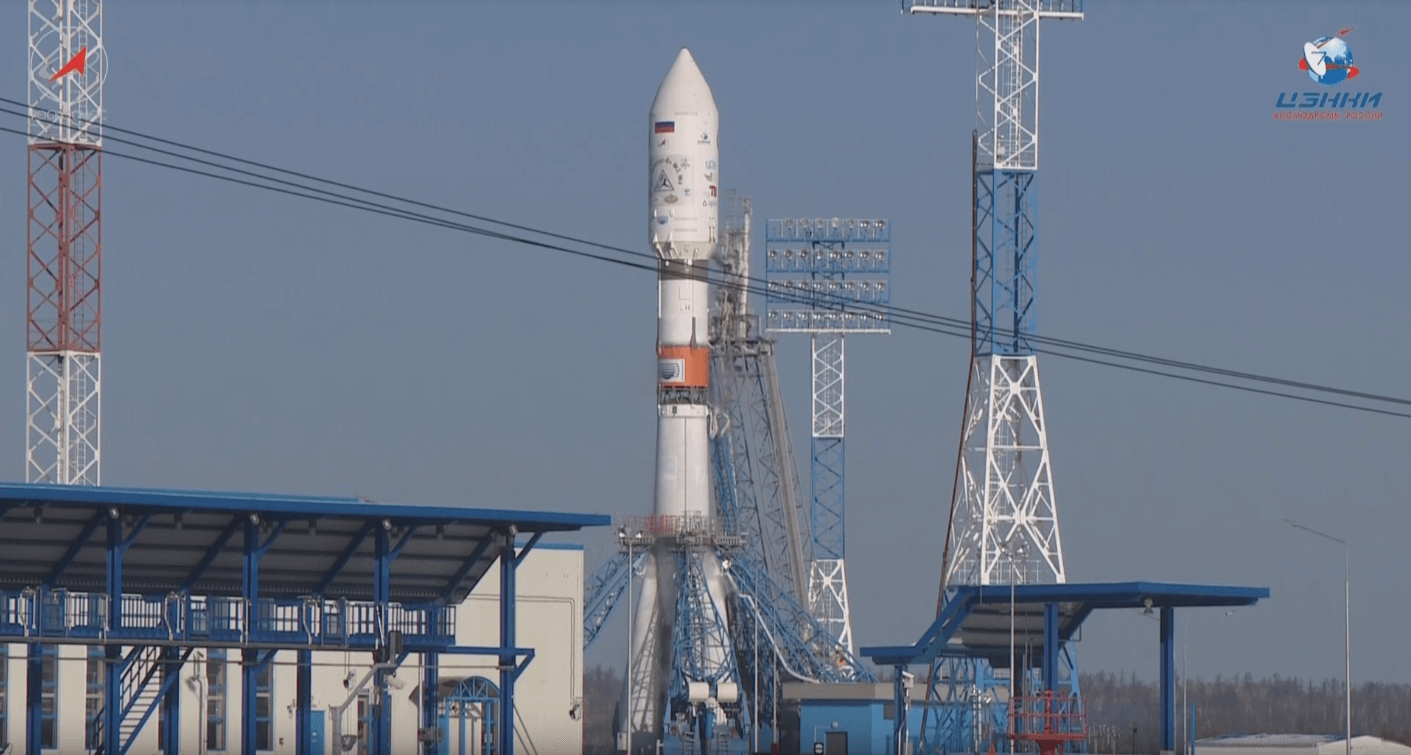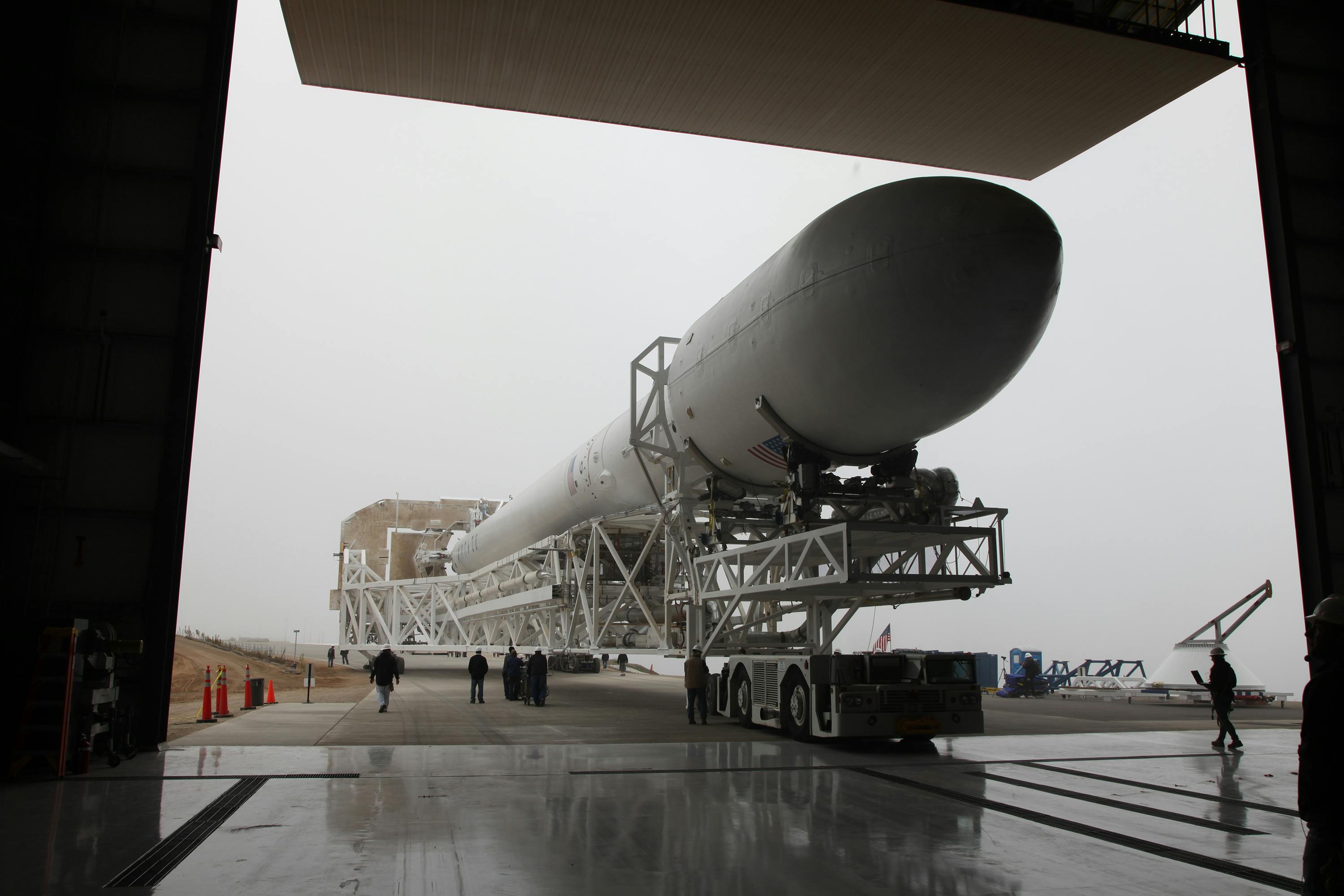· space brief · 5 min read
Space Brief 17 May 2025
Today's brief covers SES's satellite orchestration, SpaceX's defense role, cyber scorecards in DoD, and more.

📄Top Stories
The space frontier is buzzing with SES’s new demonstration of satellite orchestration technology aimed at enhancing military communications. Meanwhile, SpaceX continues to expand its influence in U.S. defense, reshaping the landscape of national security assets. In parallel, the Department of Defense is focusing on improving cybersecurity for weapons systems amid evolving threats.
📰Detailed Coverage
SES Revolutionizes Military Comms with Satellite Orchestration
SES is set to showcase its satellite orchestration technology poised to replace the traditional PACE methodology, a staple in military communications. This innovative approach promises more efficient and resilient connectivity solutions, leveraging O3b mPOWER to adapt in real-time to varying mission demands.
The adaptability of this technology could transform defense operations, enabling seamless integration with existing satellite networks. By positioning its system as a cornerstone of future military communications, SES is redefining how satellite links can be optimized for strategic benefits.
Read the full story: SpaceNews
SpaceX: From Launch Provider to Defense Powerhouse
SpaceX’s strategic pivot has seen it evolve from a commercial launch provider to a critical component of the U.S. defense landscape. As the company expands its services beyond launches, it’s increasingly seen as a key player in bolstering national security, contributing to satellite deployment and operations.
Elon Musk’s enterprise is capitalizing on its robust Starlink network, facilitating military operations with enhanced global communication capabilities. The growing dependency on SpaceX signifies a major transformation in how defense initiatives align with private sector innovations.
Read the full story: SpaceNews
DoD’s Cyber ‘Warfighter Scorecards’ Set New Benchmarks
The Department of Defense is developing ‘warfighter scorecards’ to assess and improve the cybersecurity resilience of weapons systems across Combatant Commands (COCOMs). This initiative is part of a larger push towards establishing zero trust frameworks by 2035, aiming to secure systems from cyber threats comprehensively.
With cyber warfare on the rise, this move underscores the importance of maintaining robust defenses in military infrastructure. Integrating these scorecards will allow for detailed evaluation and enhance strategic response to vulnerabilities.
Read the full story: Breaking Defense
United Airlines Connects Passengers with Starlink
In a significant leap for in-flight connectivity, United Airlines debuted Starlink Wi-Fi on its flight landing in Detroit, marking a new phase in passenger communications. The airline plans to extend this service to all mainline flights by the year’s end, offering faster internet access to travelers.
By integrating Starlink, United Airlines targets a seamless travel experience, transforming how passengers engage with in-flight services. This advancement exemplifies the broader trend of leveraging satellite technology to enhance consumer-facing industries.
Read the full story: Teslarati
🛰️Satellite Spotlight
- Satellite Name: NOAA 7
- NORAD ID: 12553
- Launch Date: June 23, 1981
- Mission: Designed for meteorological purposes, NOAA 7 plays a key role in weather observation and climate monitoring.
- Orbit: Low Earth Orbit (LEO)
- Operator: National Oceanic and Atmospheric Administration (NOAA)
- Fun Fact: NOAA 7 was notable for being the first satellite to provide real-time weather data, significantly improving the accuracy of weather forecasts.
Track this satellite in real-time on our web app: Track NOAA 7
🌌Space Weather
Current space weather shows Enhanced solar wind (523 km/s).
R0 - S0 - G0
Next 24 Hours: In the coming day, satellite operators can expect no risk of radio blackouts or solar radiation storms, making it a good time for routine operations. However, moderate geomagnetic activity is on the horizon, with G1 (Minor) geomagnetic storms likely due to the influence of a positive polarity coronal hole. This could cause some fluctuations in satellite communication and potential disruptions for ground-based radar and telescope operations. Additionally, moderate drag impacts may be observed on Low Earth Orbit (LEO) satellites, which could necessitate adjustments in their orbits.
Beyond: Looking ahead from May 12 to June 7, 2025, overall solar activity is forecasted to be predominantly low, with occasional chances for M-class flares. Fortunately, no proton events are expected at geosynchronous orbit. Prepare for moderate levels of greater than 2 MeV electron flux from June 6 to 28, with high levels expected from May 29 to June 5 as the influence of coronal hole high-speed streams (CH HSS) takes hold. Additionally, geomagnetic activity is likely to reach minor storm levels from May 28 to June 1 under negative polarity CH HSS influences. Operators should also anticipate active levels on May 13, June 2, and June 6, while unsettled conditions are expected intermittently. Quiet levels will be welcomed from May 15-17 and May 22-26, providing a break from the geomagnetic disruptions.
🚀Upcoming Space Launches
May 17
- Rocket Lab Electron:
- The Sea God Sees (iQPS Launch 2) from Rocket Lab Launch Complex 1, Mahia Peninsula, New Zealand (08:15 UTC) A synthetic aperture radar Earth observation satellite for Japanese Earth imaging company iQPS.
May 18
- Indian Space Research Organization PSLV-XL:
- EOS-09 (RISAT-1B) from Satish Dhawan Space Centre, India (00:00 UTC) The third in the series of radar imaging satellites providing all-weather, day-and-night SAR observation capability for various applications including military surveillance.
May 19
- Galactic Energy Ceres-1S:
- Unknown Payload from Sea Launch (07:29 UTC) Details TBD.
May 20
- SpaceX Falcon 9 Block 5:
- Starlink Group 12-15 from Cape Canaveral SFS, FL, USA (03:40 UTC) A batch of satellites for the Starlink mega-constellation providing space-based Internet communication.
- China Aerospace Science and Technology Corporation Long March 7A:
- Unknown Payload from Wenchang Space Launch Site, People’s Republic of China (11:42 UTC) Details TBD.
- SpaceX Falcon 9 Block 5:
- Starlink Group 11-16 from Vandenberg SFB, CA, USA (21:42 UTC) A batch of satellites for the Starlink mega-constellation providing space-based Internet communication.
May 21
- CAS Space Kinetica 1:
- Unknown Payload from Jiuquan Satellite Launch Center, People’s Republic of China (03:54 UTC) Details TBD.
May 23
- Russian Space Forces Soyuz 2.1a/Fregat-M:
- Kosmos (Unknown Payload) from Plesetsk Cosmodrome, Russian Federation (07:00 UTC) Unknown classified payload for the Russian military.
Note: Launch dates and times are subject to change due to technical or weather considerations.

Maurice Stellarski





